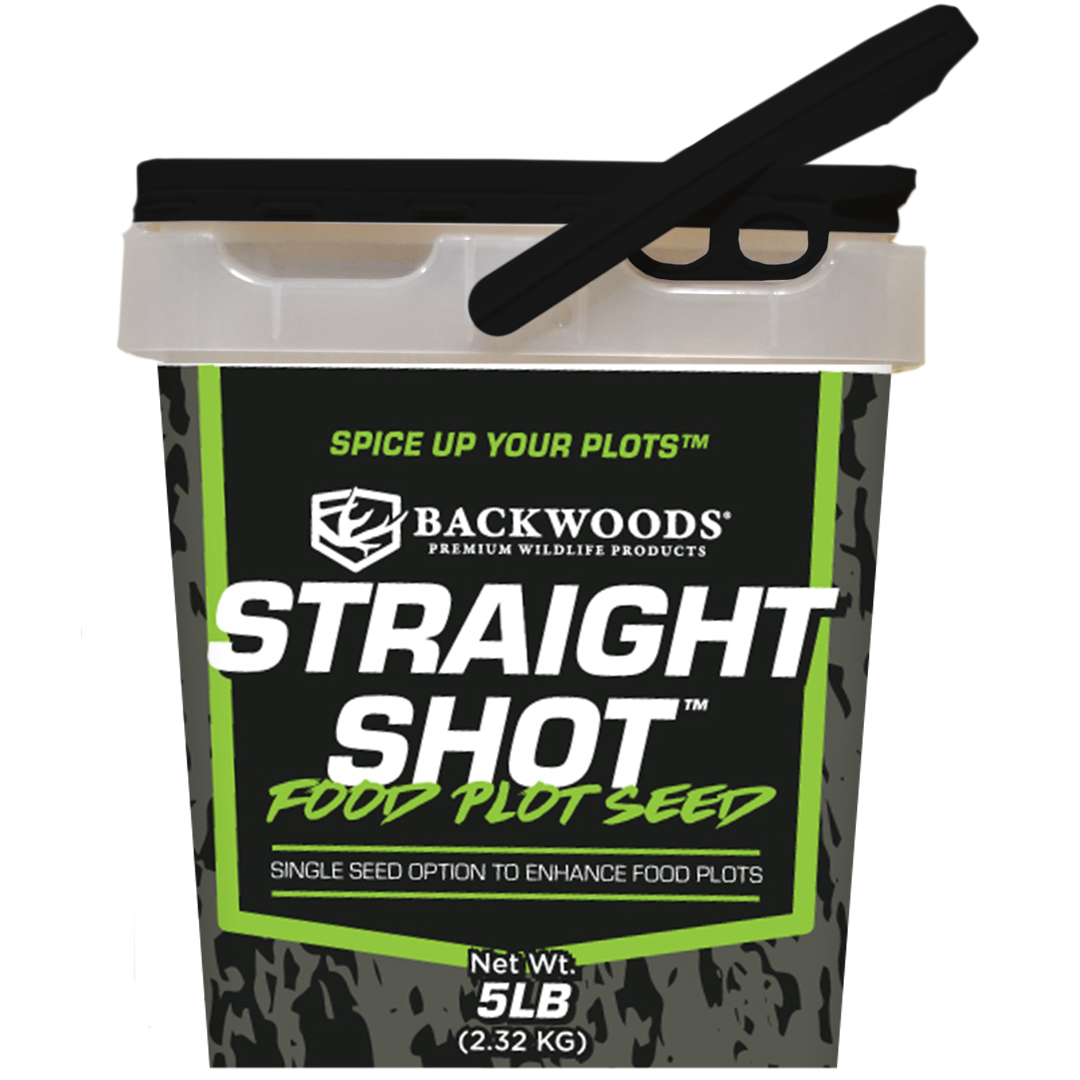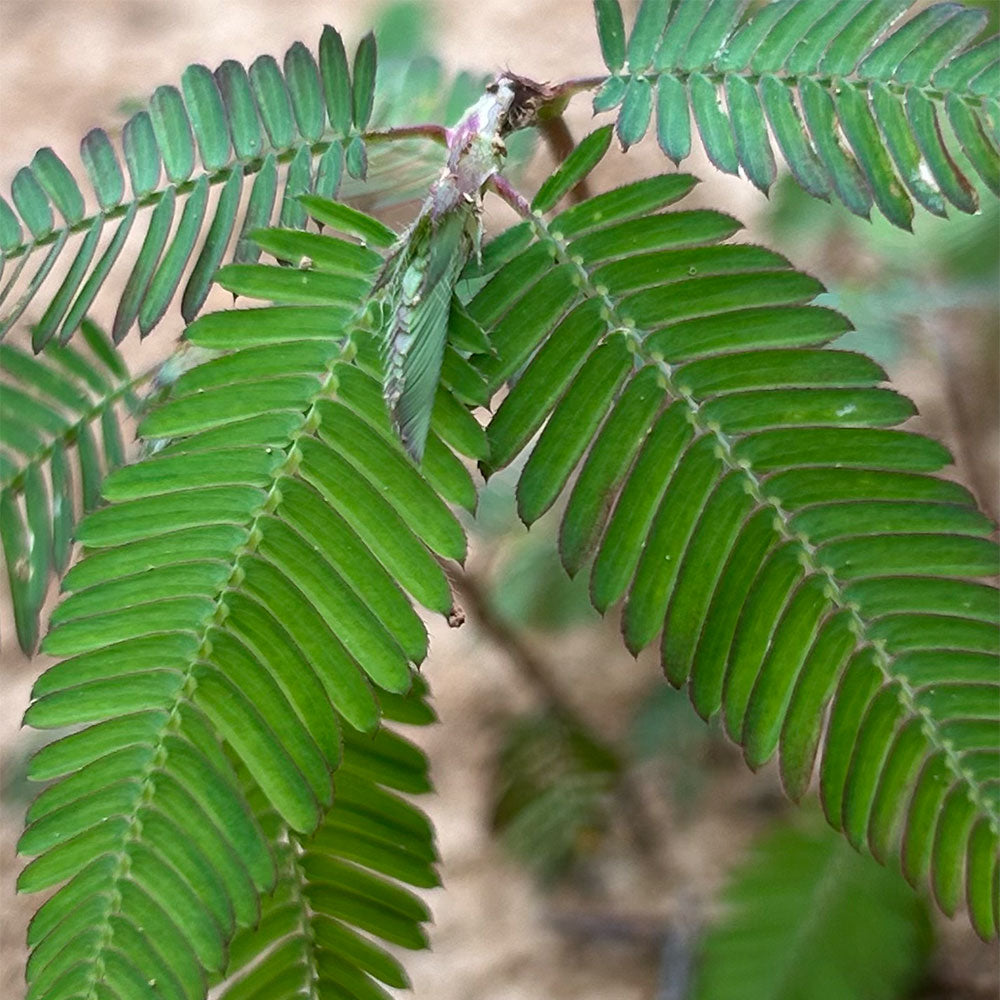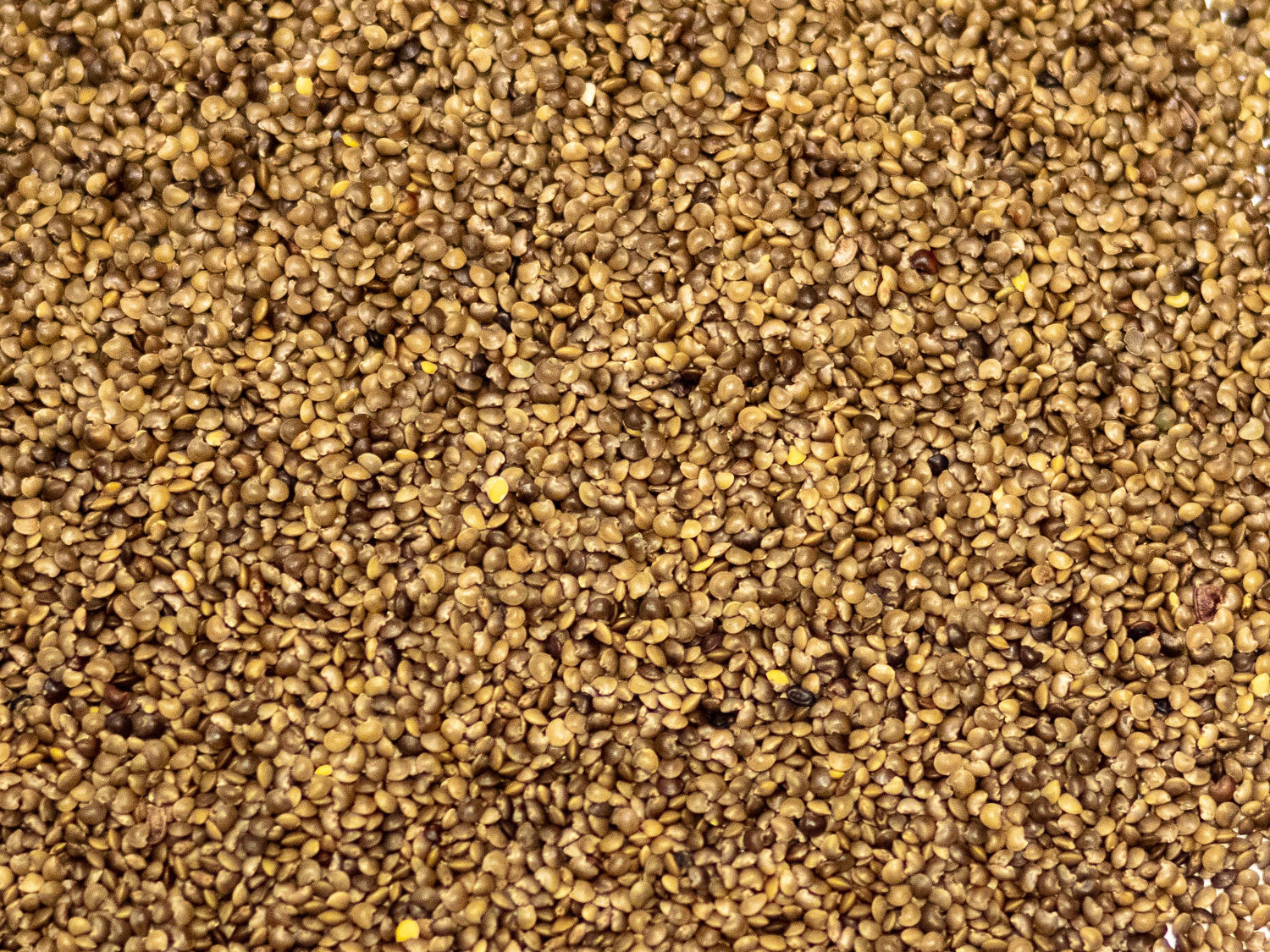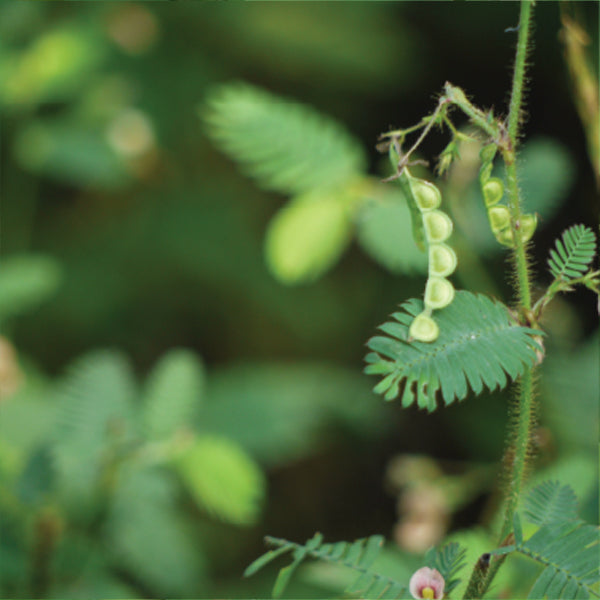DEER VETCH
THE SUMMER STAPLE FOR SERIOUS WILDLIFE MANAGERS
Deer Vetch™ (Hulled Joint Vetch) is a premium warm-season legume native to the southeastern United States and a proven powerhouse for food plots in moist or low-lying areas. Highly palatable and nutrient-dense, Deer Vetch™ delivers approximately 20% protein with exceptional digestibility, providing a steady source of high-quality forage during critical growth and antler development months.
At the Backwoods Testing Grounds™, Deer Vetch™ has proven its worth — attracting consistent deer activity and improving herd health with its lush, digestible forage. Its natural tolerance to wet soils and flooding makes it one of the most dependable legumes you can plant for summer nutrition and long-term soil improvement.
Built for Southern soil. Proven in Backwoods fields.
- Out of stock
Couldn't load pickup availability
Get More Out Of Your Plot
Why Hunters Plant Deer Vetch
High Protein
(≈20–25%) for antlers, body condition, and milk production
Moist Soil performer
Thrives on bottoms, edges, and periodically wet sites
Browse tolerant
Rebounds well after established
Nitrogen Fixing
Builds soil and reduces N needs for future plots.
Long Graze Window
Quality forage through late summer; reseed potential
100%
Joint Vetch
Tender, N-fixing legume selected for palatability and summer resilience.
Summer-Long Protein. Daily Deer Traffic.
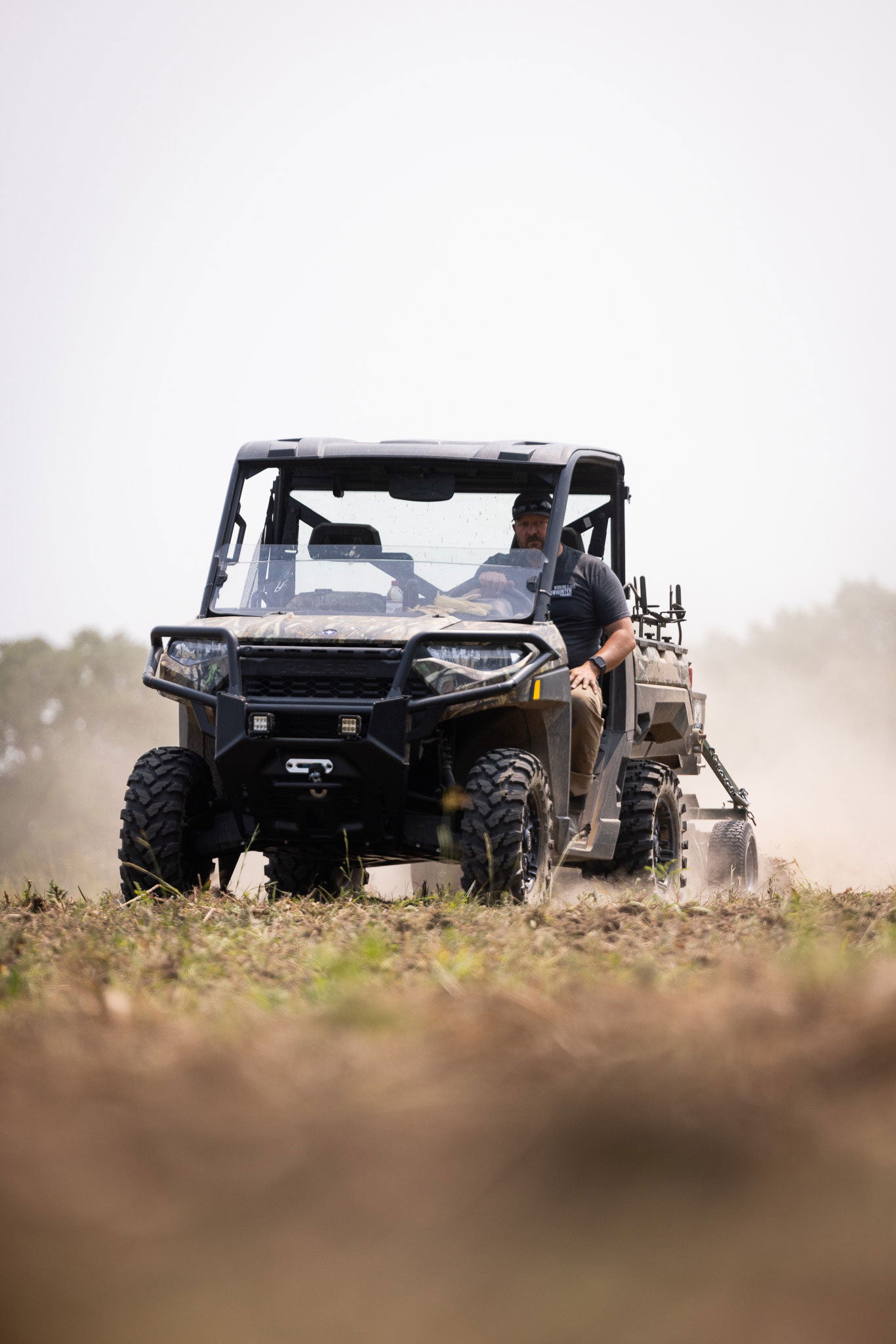
Planting Information
PREPARATION:
Begin with a clean, level seed bed to ensure even distribution and maximize germination success. Remove all weeds and debris to minimize competition and promote excellent seed-to-soil contact.
SOIL TESTING & FERTILIZATION:
Perform a soil test to determine nutrient levels and pH. Lime to adjust pH to5.5–7.0 as needed. Apply fertilizer according to soil test recommendations—typicallyP & K only for legumes (avoid heavy N). For best nodulation and growth, inoculate with a cowpea-type Bradyrhizobium if the field hasn’t grown warm-season legumes recently.
SEED RATE:
Broadcasting on Prepared Seed Bed: Apply Deer Vetch™ at 15–20 lbs per acre.
No-Till Broadcasting: Increase the seeding rate by 20–25% to ensure full coverage.Drilling: Use a seed drill to plant Deer Vetch™ at 10–15 lbs per acre for best seed-to-soil contact and efficient establishment.
PLANTING DEPTH:
Sow seed at a depth of⅛" to ¼" (shallow seed). When broadcasting, use a drag or cultipacker to lightly cover and press seed into the soil for improved germination.
TIMING:
Plant Deer Vetch™ in late spring or early summer when soil temperatures reach 65°F or above. Early planting supports optimal forage production during the antler-growing and fawning season.
MOISTURE:
Ensure the soil is adequately moist during planting. Supplement with irrigation if rainfall is limited. Consistent moisture during establishment is essential for uniform emergence and vigorous growth.
ADJUSTED PLANTING RATES BASED ON SEED PURITY & GERMINATION:
The recommended planting rates assume 100% Pure Live Seed (PLS) and 100% germination. However, actual seed purity and germination rates vary by lot and should be accounted for when determining the appropriate seeding rate. To find the adjusted planting rate, first multiply the PLS and germination percentages (both in decimal form), and then divide the label rate by that value. By adjusting for PLS and germ %, you ensure proper seed coverage and maximize your food plot’s success.

Rule: plant after last frost when soil ≥ 60–65°F, ideally 90–100 days before first frost to hit full 10–12 ft.
- Zone 1 (Deep South):
Apr–Jun - Zone 2 (Mid-South):
May–Jun - Zone 3 (Mid-Atlantic/Midwest):
May–Jun - Zone 4 (Upper Midwest):
Late May–Jun - Zone 5 (Central Plains/PNW-east):
Late May–Jun - Zone 6 (Northern Plains/Upper PNW):
Late May–Jun
Frequently Asked Questions
What make Deer Vetch different from clovers or peas?
Joint vetch excels on moist ground and stays highly palatable through summer. Once rooted, it tolerates browsing better than many legumes.
Can I plant it in low spots that stay damp?
Yes—periodically wet or moist edges are ideal. Avoid areas that hold standing water for long periods.
Will it come back next year?
It’s an annual, but it can reseed if you let parts of the plot flower and set seed.
How much fertilizer does it need?
Follow your soil test. Provide P & K; skip heavy N—as a legume, joint vetch fixes its own nitrogen.
My plot is getting hammered - what should I do?
Plant enough acres for your deer density, consider temporary fencing during establishment, and ensure rates/depth are on target with firm seed-to-soil contact.

